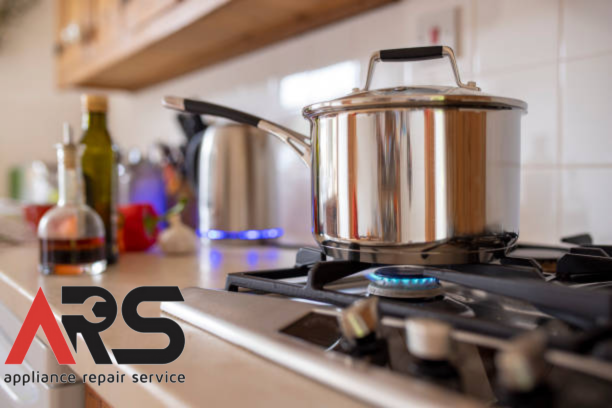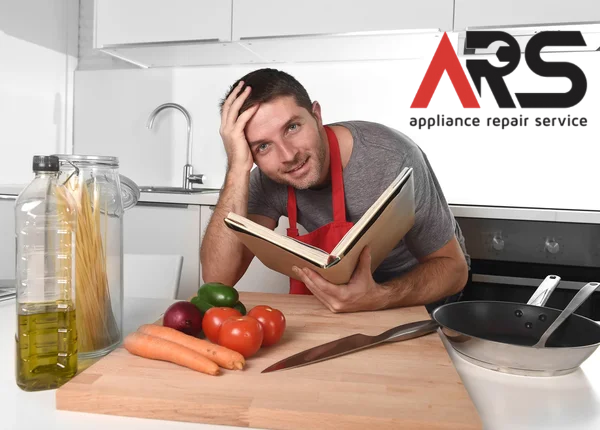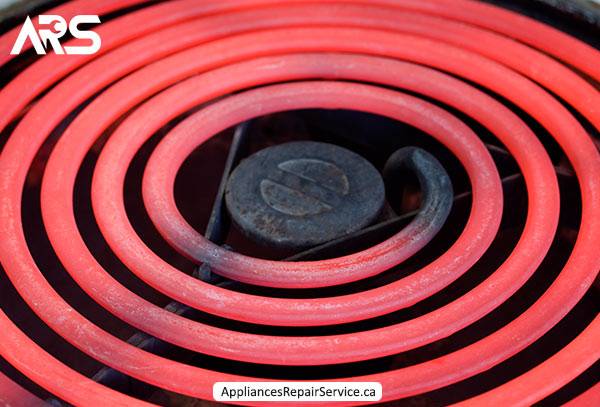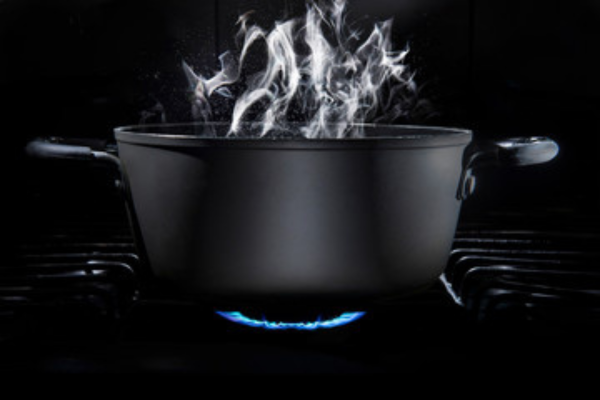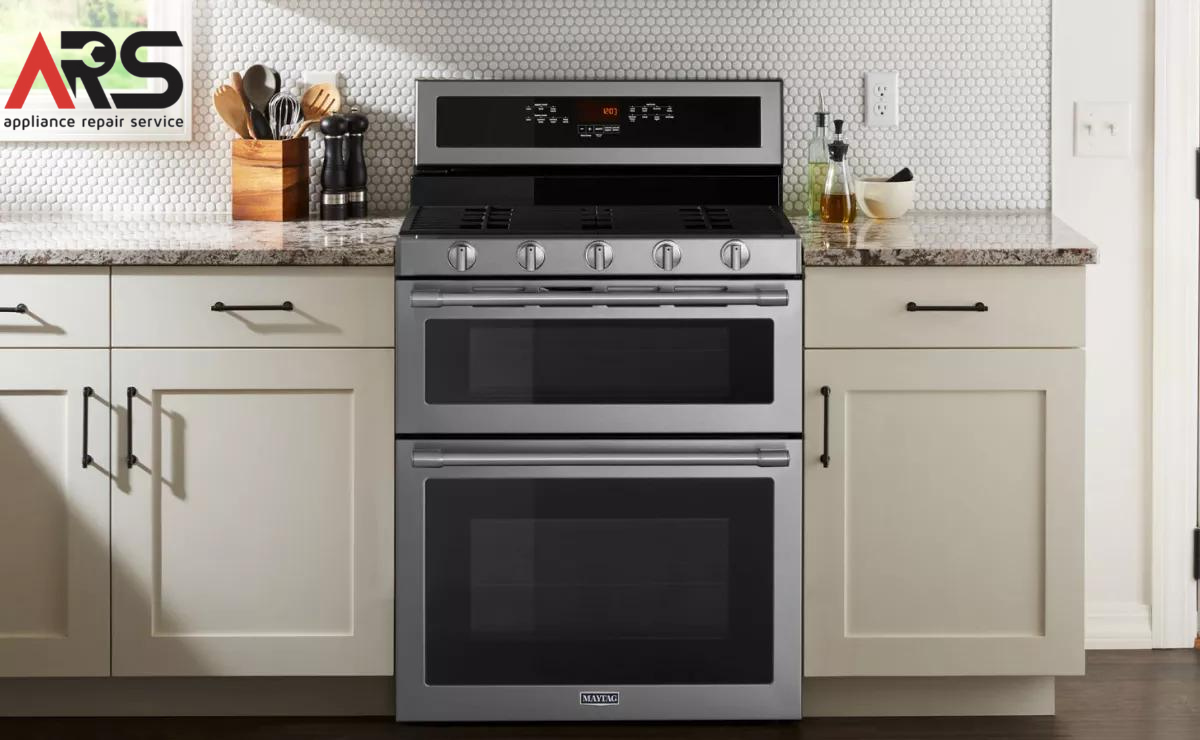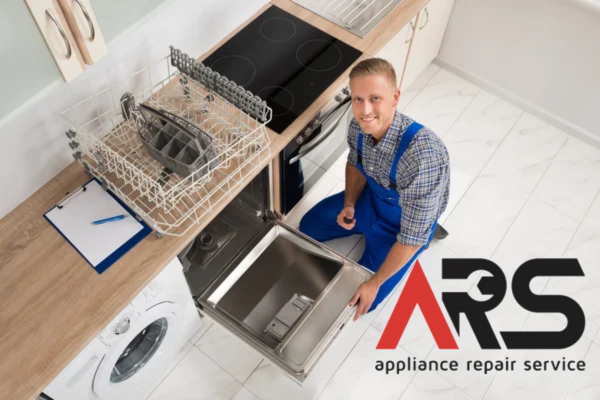
Gas Stove Not Sparking
Hey ARS Blog Readers!
I hope you’ve all had an incredible week and are gearing up for a beautiful weekend in the GTA. With Mother’s Day just around the corner, it’s bound to be a busy time for many of us. I’m looking forward to treating my mother to a special brunch, complete with homemade creations in my new home and kitchen. However, to ensure everything goes smoothly, I’ve realized the importance of maintaining my kitchen appliances in optimal condition.
Working at an appliance repair company has taught me the value of regular maintenance. There’s nothing worse than encountering unexpected issues, especially when you have plans. Take this morning, for example – I went to make some tea and found that my gas stove wasn’t sparking. It turns out the spark module was malfunctioning on all four elements! This served as a timely reminder of why staying vigilant with appliance care is crucial.
So, today’s blog is dedicated to a topic that hits close to home: stovetop elements and spark modules. We’ll delve into the various reasons they might malfunction, the precautions you can take, and even some temporary fixes until our team at ARS Appliances Repair Service can come to the rescue.
Let’s get into it and ensure our kitchens are ready for whatever culinary adventures lie ahead!
Troubleshooting a Gas Stove Not Sparking
When your gas stove fails to spark, it can disrupt your cooking routine and leave you searching for solutions. Here, we’ll delve into practical troubleshooting steps to help you identify and resolve the issue promptly.
Identifying the Problem: Before diving into troubleshooting, it’s essential to pinpoint the exact cause of the problem. Start by checking for obvious signs of damage or wear on the spark igniters and spark modules. Loose connections or visible corrosion may indicate areas that require attention.
Testing the Ignition System: Begin by turning off the power to the stove to ensure safety. Remove the burner grates and caps to access the spark igniters and modules. With the knobs turned to the “ignite” position, observe whether each burner produces a spark. If certain burners fail to spark while others function correctly, it suggests a localized issue with the ignition system.
Inspecting the Spark Igniters: Carefully examine each spark igniter for signs of damage or obstruction. Clean any debris or residue that may be interfering with the spark. Additionally, check for proper alignment and positioning of the igniters relative to the burner heads. Misalignment can prevent the spark from reaching the gas, resulting in ignition failure.
Testing the Spark Modules: If cleaning the igniters doesn’t resolve the issue, it’s time to inspect the spark modules. Locate the modules within the stove and check for loose connections or damaged wiring. Use a multimeter to test the continuity of the modules and ensure they’re functioning correctly. If a module is found to be faulty, it will need to be replaced to restore proper ignition.
Replacing Worn Components: In some cases, worn or damaged components may be the culprit behind a gas stove not sparking. If the spark igniters or modules show signs of wear, corrosion, or malfunction, it’s advisable to replace them promptly. Consult your stove’s manual or seek professional assistance to ensure proper installation and compatibility with your appliance.
Seeking Professional Assistance: If troubleshooting steps fail to resolve the issue or if you’re uncomfortable performing repairs yourself, don’t hesitate to seek professional assistance. A qualified appliance repair technician can diagnose the problem accurately and implement the necessary repairs safely and efficiently.
Precautionary Measures and Maintenance Tips
Ensuring the continued functionality of your gas stove requires proactive maintenance and adherence to safety protocols. In this section, we’ll explore essential precautionary measures and maintenance tips to keep your appliance in optimal condition.
Inspecting and Cleaning Regularly: Make it a habit to inspect your gas stove regularly for any signs of wear, damage, or buildup. Remove burner caps and grates to access the burner heads and igniters. Use a soft brush or cloth to clean away accumulated debris, grease, and food residue. Keeping the components clean helps prevent blockages and ensures proper ignition.
Checking for Gas Leaks: Gas leaks pose a significant safety risk and can lead to hazardous situations if left unchecked. Perform periodic checks to ensure there are no leaks in the gas lines or connections. Use a mixture of soap and water to detect any escaping gas – bubbles will form at the site of a leak. If you suspect a gas leak, turn off the gas supply immediately and seek professional assistance.
Avoiding Excessive Moisture: Moisture can interfere with the functionality of the spark igniters and modules, leading to ignition issues. Avoid excessive moisture buildup around the stove area, especially near the control knobs and ignition components. Wipe up spills promptly and ensure proper ventilation to prevent condensation buildup.
Maintaining Proper Ventilation: Adequate ventilation is essential for safe operation when using a gas stove. Ensure that the range hood or exhaust fan is functioning correctly to remove any fumes or gases produced during cooking. Clean or replace the range hood filters regularly to prevent blockages and maintain optimal airflow.
Practicing Safe Cooking Habits: Exercise caution when cooking with your gas stove to prevent accidents and minimize wear on the appliance. Avoid placing flammable materials near the burners and ensure that pots and pans are appropriately sized to prevent flames from extending beyond the burner area. Never leave the stove unattended while in use, and always turn off the gas supply after cooking.
Scheduling Professional Maintenance: In addition to regular upkeep, consider scheduling professional maintenance for your gas stove at least once a year. A qualified technician can perform a thorough inspection, clean internal components, and address any potential issues before they escalate. Investing in professional maintenance can prolong the lifespan of your appliance and ensure safe operation for years to come.
By following these precautionary measures and maintenance tips, you can keep your gas stove in optimal condition and minimize the risk of ignition issues. In the next section, we’ll explore temporary fixes for addressing a gas stove not sparking while awaiting professional assistance.
Temporary Solutions for Gas Stove Ignition Issues
When faced with a gas stove not sparking, it’s essential to explore temporary solutions to maintain functionality while awaiting professional repair. In this section, we’ll discuss practical steps you can take to address ignition issues and ensure continued operation of your appliance.
Troubleshooting Ignition Problems: Gas Stove Repair Tips
If your gas stove fails to spark, try these troubleshooting tips to identify and resolve the issue:
Checking Gas Supply: Ensure that the gas supply to the stove is turned on and that there are no interruptions in the gas line. A lack of gas flow can prevent ignition, leading to apparent sparking issues.
Cleaning Ignition Components: Inspect the spark igniters and modules for any signs of dirt, debris, or corrosion that may be inhibiting the spark. Use a soft brush or cloth to clean the components thoroughly and remove any obstructions.
Adjusting Ignition Position: Check the positioning of the spark igniters relative to the burner heads. Misalignment can prevent the spark from reaching the gas, resulting in ignition failure. Adjust the position of the igniters as needed to ensure proper alignment.
Testing Alternate Burners: If only specific burners are failing to spark, try switching the burner knobs to alternate positions. Testing different burners can help determine whether the issue is isolated to a particular burner or a broader problem with the ignition system.
Utilizing Manual Ignition: In cases where the spark igniters are not functioning, you can resort to manual ignition methods as a temporary workaround. Use a handheld lighter or match to ignite the gas directly at the burner head while turning the knob to the ignite position.
Seeking Professional Assistance: Appliance Repair Experts Can Help
While temporary solutions may provide a quick fix, it’s crucial to seek professional assistance for comprehensive repair and maintenance. Contact a qualified appliance repair technician, such as those at ARS Appliances Repair Service, to diagnose and address the underlying cause of the ignition issue.
Scheduling Prompt Repairs: Don’t delay scheduling repairs for your gas stove to avoid potential safety hazards and further damage to the appliance. Prompt professional intervention can restore proper functionality and ensure the continued safe operation of your stove.
By following these temporary solutions and seeking timely professional assistance, you can address ignition issues with your gas stove effectively. In the next section, we’ll discuss the importance of regular maintenance and proactive measures to prevent future problems.
Importance of Regular Maintenance for Gas Stove Longevity
Ensuring the longevity and efficient performance of your gas stove hinges on regular maintenance and proactive care. In this section, we’ll emphasize the significance of implementing a maintenance routine and highlight the benefits it offers for preserving your appliance’s lifespan.
Gas Stove Maintenance: Key to Longevity and Performance
Scheduled Inspections: Regular inspections are paramount for identifying potential issues early on and addressing them before they escalate. Schedule periodic inspections of your gas stove to check for signs of wear, damage, or malfunctioning components.
Cleaning and Degreasing: Keep your gas stove clean and free from grease buildup to prevent clogs and ensure optimal performance. Regularly clean burner heads, igniters, and control knobs with a mild detergent to remove grease and residue.
Ventilation System Maintenance: Maintain proper ventilation in your kitchen to ensure the safe operation of your gas stove. Clean or replace range hood filters as needed to facilitate adequate airflow and prevent the accumulation of grease and debris.
Gas Line Inspection: Periodically inspect the gas lines and connections for signs of wear, corrosion, or leaks. Address any issues promptly to prevent gas leaks and ensure the safety of your home and family.
Professional Servicing: Invest in professional servicing for your gas stove at least once a year to keep it in optimal condition. A qualified technician can perform a comprehensive inspection, clean internal components, and address any potential issues before they worsen.
Proactive Measures: Take proactive measures to prevent common issues and prolong the lifespan of your gas stove. Avoid placing flammable materials near the burners, use appropriately sized cookware, and practice safe cooking habits to minimize wear and tear.
Emergency Preparedness: Be prepared for unexpected breakdowns by familiarizing yourself with emergency procedures and having contact information for appliance repair services readily available. Prompt action can help minimize downtime and prevent further damage to your appliance.
Educating Yourself: Stay informed about your gas stove’s operation and maintenance requirements to effectively troubleshoot issues as they arise. Consult the appliance manual for guidance on proper care and troubleshooting techniques.
By prioritizing regular maintenance and proactive care for your gas stove, you can extend its lifespan, minimize the risk of breakdowns, and ensure safe and efficient operation for years to come. In the final section, we’ll conclude our discussion and provide a summary of key takeaways.
Conclusion and Key Takeaways
As we conclude our discussion on addressing ignition issues with gas stoves, let’s recap the key takeaways and important points covered throughout this guide.
Addressing Ignition Issues
- When faced with a gas stove not sparking, it’s essential to troubleshoot the problem promptly to maintain functionality.
- Check for common issues such as gas supply interruptions, dirty or misaligned ignition components, and faulty spark modules.
Temporary Solutions and Professional Assistance
- Temporary solutions like manual ignition can provide a quick fix, but seeking professional assistance is crucial for comprehensive repair.
- Contact a qualified appliance repair technician, such as those at ARS Appliances Repair Service, for timely and effective solutions.
Importance of Regular Maintenance
- Regular maintenance is key to ensuring the longevity and efficient performance of your gas stove.
- Implement a maintenance routine that includes scheduled inspections, cleaning and degreasing, ventilation system maintenance, and gas line inspection.
Proactive Measures and Emergency Preparedness
- Take proactive measures to prevent common issues and minimize wear and tear on your gas stove.
- Be prepared for unexpected breakdowns by familiarizing yourself with emergency procedures and having contact information for appliance repair services readily available.
Continuous Education and Awareness
- Stay informed about your gas stove’s operation and maintenance requirements to effectively troubleshoot issues.
- Consult the appliance manual and seek professional advice when needed to address complex problems.
Conclusion
In conclusion, addressing ignition issues with your gas stove requires a combination of proactive maintenance, troubleshooting techniques, and timely professional assistance. By implementing a maintenance routine, staying vigilant for signs of trouble, and seeking professional help when needed, you can ensure the continued safe and efficient operation of your appliance.
Thank you for joining us on this journey to learn more about gas stove maintenance and repair. We hope you found this guide informative and valuable in maintaining your kitchen appliances. If you have any further questions or require assistance, don’t hesitate to reach out to ARS Appliances Repair Service. Here’s to many more years of hassle-free cooking with your gas stove! Contact us today.

ARS Appliance Repair Service has been trusted across Toronto, Ottawa, and Southern Ontario for over a decade. Our licensed, manufacturer-authorized technicians specialize in repairing all major household and commercial appliances with genuine parts and warranty-backed service. From refrigerators and washers to ovens, dishwashers, and more, we restore appliances quickly, professionally, and correctly the first time, earning the confidence of homeowners and businesses throughout the region.
